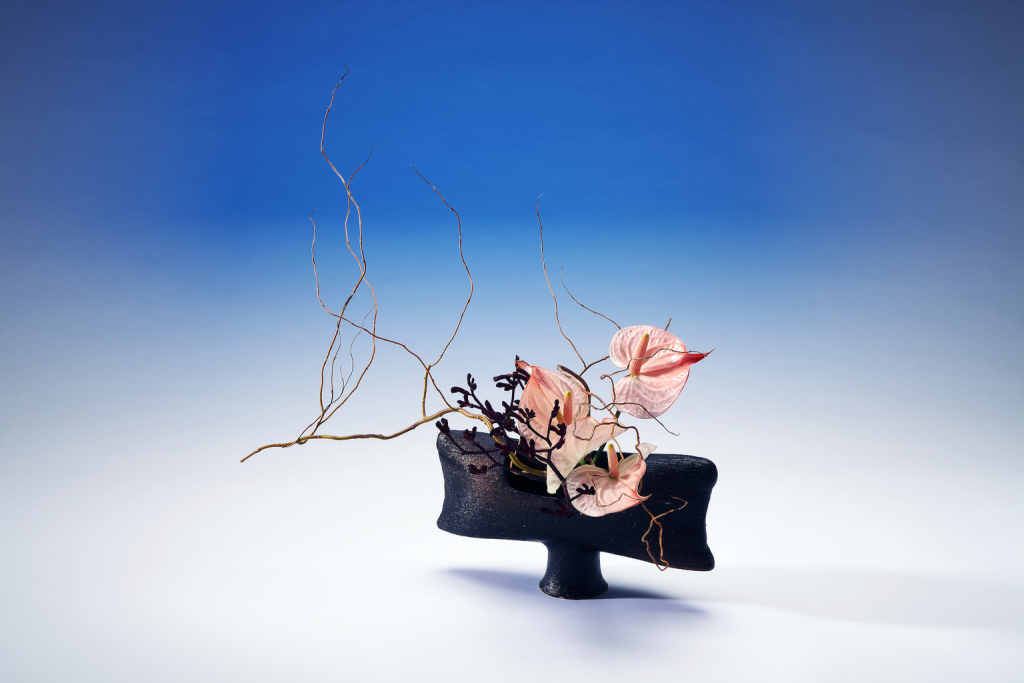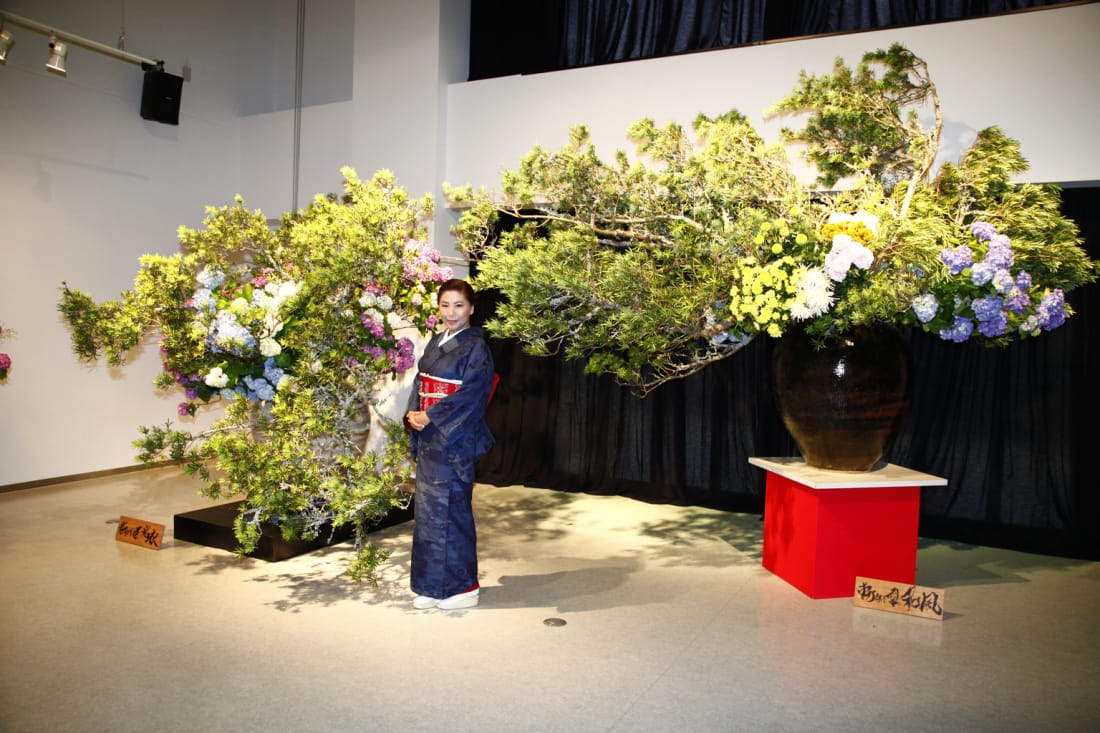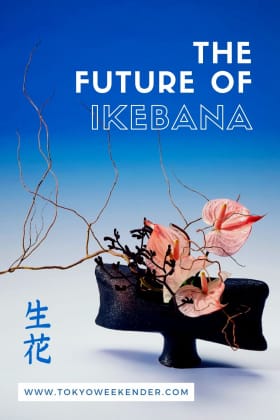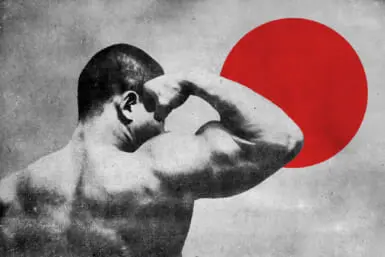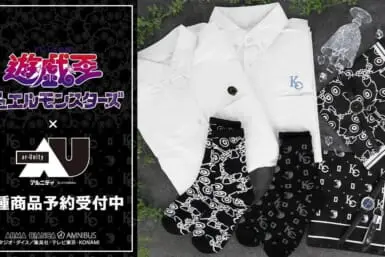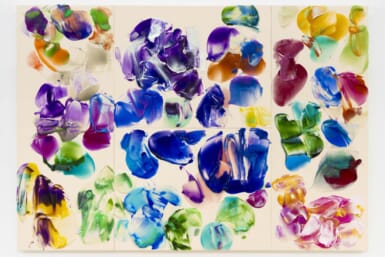“With Japanese, the arrangement of cut flowers in vessels of various kinds has become a decorative art of considerable refinement, compared to which Western methods of floral composition have the appearance merely of haphazard combinations.”
As aptly described in the literature The Floral Art of Japan by Josiah Condor, the unique and disciplined world of Japanese floral art (aka ikebana) has inspired countless audiences throughout history.
Listed as one of the juridical schools, the Ikebana School of Wafu, whose headquarters are located in Sakurashinmachi in western Tokyo, strives to keep the momentum of this national art alive thanks to the relentless efforts of the school’s future headmaster, Mitsui Teshigahara.
Teshigahara spoke with TW about her own her journey with ikebana and what she foresees as the future of Japanese floral art.
What is the history of the Wafu School and what is special about its style of ikebana?
The Ikebana School of Wafu was founded in 1896, originally named the Japan Ikebana Academy. We are dedicated to our motto, “Arrange flowers that you like, suitably in a container you like,” and our style places strong emphasis on bringing the best out of nature in our creations.
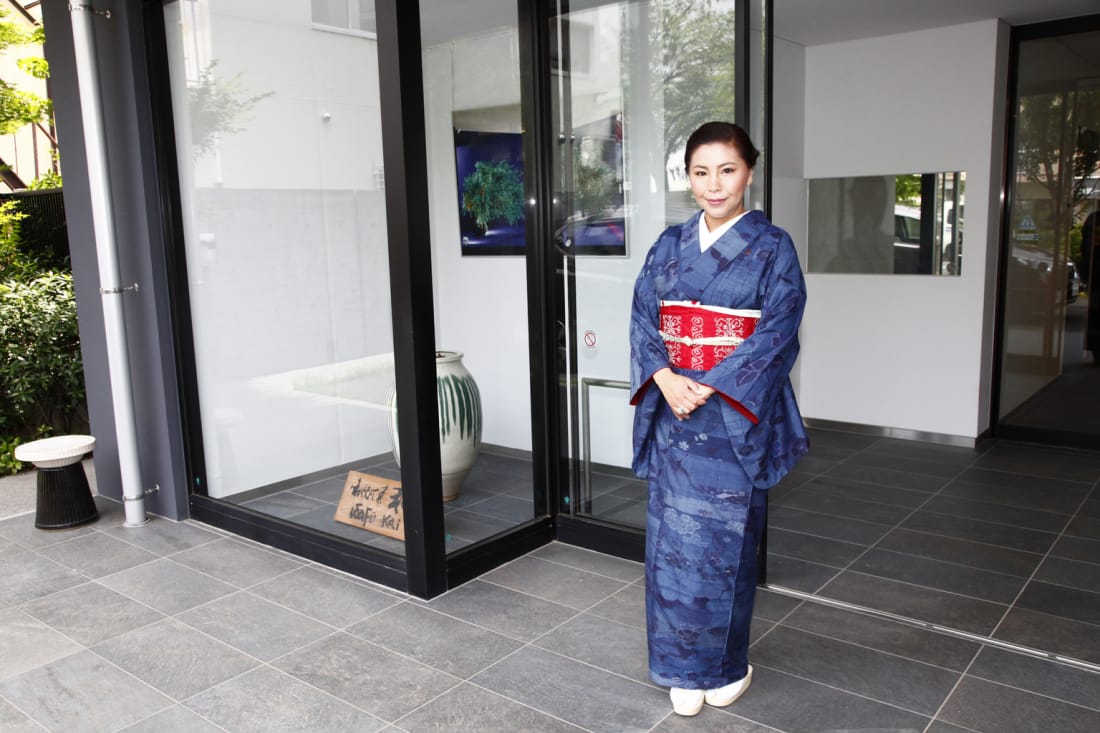
Mitsui Teshigahara
The beauty of nature is an universal aesthetic which we all somewhat sense in common. The wonderful colors of flowers, greenery of trees and its delicate leaves strike a chord of many people’s emotions regardless of whom and where they are from. The initial step to ikebana is the exact moment when you desire to bring these natural wonders into your household. This involves placing your florals in to a vase or container you fancy so that you can enjoy this organic delights close to you. We believe that florals are innately stunning itself and do not require any artificial amendments to be considered art.
This perception of natural aesthetics and individualism was considered a revolutionary kind of Japanese floral art during the early Taisho period (1912–1926) when movements for structural reforms in ikebana were in trend. To spread this ideology many associate schools opened across the nation and also abroad to help weave out many histories to our foundation.
Why did you personally start ikebana? Why did you choose the field as your area of specialty when you have so many other interests?
The descent of Teshigahara has always been well-known for ikebana. Since I was the only child of the family, it was destined for me to take on the path at the age of 14.
Initially my image of ikebana was something extremely conservative and difficult. I thought it was too posh and everyone would join their lessons dressed up wearing a kimono. I guess many people would hold similar views if they’ve never actually experienced it before.
At that particular time, I was an extrovert who specialized in outdoor activities such as kendo and skiing. I also had interests in exploring the wildlife while going hiking and snorkeling. I especially adored watching how the world completely changed under the sea. Therefore, to be frankly honest, I was very hesitant joining the uptight world of ikebana at first.

Ikebana School of Wafu
However, out of my surprise, once I got started, I found that the classes were not as posh as I originally thought. Lessons were held in a laid-back environment and people would come join in casual outfits. So, although I was very nervous at the beginning, after been taught the basic three branch formulas, I was able to totally enjoy the freedom of expression which ikebana at Wafu had to offer. I still clearly remember how fascinated I was witnessing my ikebana magically change a plain table into a world of art.
I soon chose to take on this path as my life long career, as I realized that the world of ikebana allows me to find peace within my extrovert self. Creating my ikebana is the only few moments where I am contemplating and appreciating silence. I feel that my inner self longed for this serenity and ikebana helped introduced this in to my life.
I am thankful to ikebana for this awakening and it has now become an inevitable part of me that I cannot live without.
What effect does your multiple interests have on your style of ikebana?
As I’ve mentioned before, I have a very outgoing personality. My interests include, diving, bodyboarding, skiing, badminton and cooking. I believe that my dynamic way of life is somewhat similar to the transitionary seasons of Japan. The four seasons of Japan are all very distinct and alive with constant movements. Whether it’s cherry blossom viewing or the autumn foliage, I am always moving around to catch these ethereal beauties.
I was brought up in Kamakura surrounded by the beautiful Sagami Bay and dense forest of the mountain ranges. I was fortunate to spend my youth immersed amongst nature witnessing all aspects of the environment. For example, landscapes of enormous trees and the delicate leaves amidst the beautiful seasonal shades such as the lush greenery, blue sky, white clouds and gradients of fall are all ingrained in my head and revived in my work of ikebana.
I believe that all emotions which I’ve encountered through my life experiences are crucially reflected in my artwork. I think this applies not only to me but anybody in all areas of their specialty.
When do you take over as headmaster and what is your vision for the Wafu school?
I am not sure when I will take over. Traditionally, in many of the juridical schools, we take over once the headmaster passes away. I have a good relationship with my father, who is the headmaster, so I hope we can continue to work together this way as long as possible.
Our mission is to preserve the tradition and vision which the school of Wafu has long held since its establishment. It’s very difficult to protect and at the same time keep up the momentum without any blurs for over 124 years.
I believe that the power of nature is unrivaled and its aesthetic beauty clearly underlies the spirit of Japan. We have impressed countless people with our nature-centric ikebana for over a century and our vision is to respect this and proceed on without any fades.
What is the future of ikebana? How is the school adapting for the next generation of ikebana students?
Ikebana was once regarded as one of the prerequisites for young ladies getting married, so the population of ikebana was relatively dense in the past. However, due to changes in time, such skill is not mandated on women anymore and so I feel that the population is facing a gradual decline.
“I am confident in the power of floral art and what magic they can bring into people’s lives”
However, in spite of such shift in social needs, I am confident in the power of floral art and what magic they can bring into people’s lives. I have witnessed many people fascinated with the charms of ikebana after their first experience. They get absorbed in to the world of creativity and freedom, which detaches them from the humdrums of daily life. They also appreciate the special connection established between their audience and their art work as well. Moreover, ikebana is a cultural and traditional asset of Japan. The value of its art continues to gather many accreditations both from national and international audiences.
So why is the ikebana population not growing? I believe it’s due to the conventional image which many people are trapped with. The uptight and snobby image of ikebana has become an obstacle for people to knock on our door.
I want to destroy this barrier and disclose what the actual world of ikebana is all about. I wish to spread this message not only to the people of Japan but to everyone in the world.
I believe that people’s love for flowers has no borders. We all appreciate the comfort and joy which these gems bring into our lives. My wish is to deliver peace and happiness to the world through my work of ikebana.
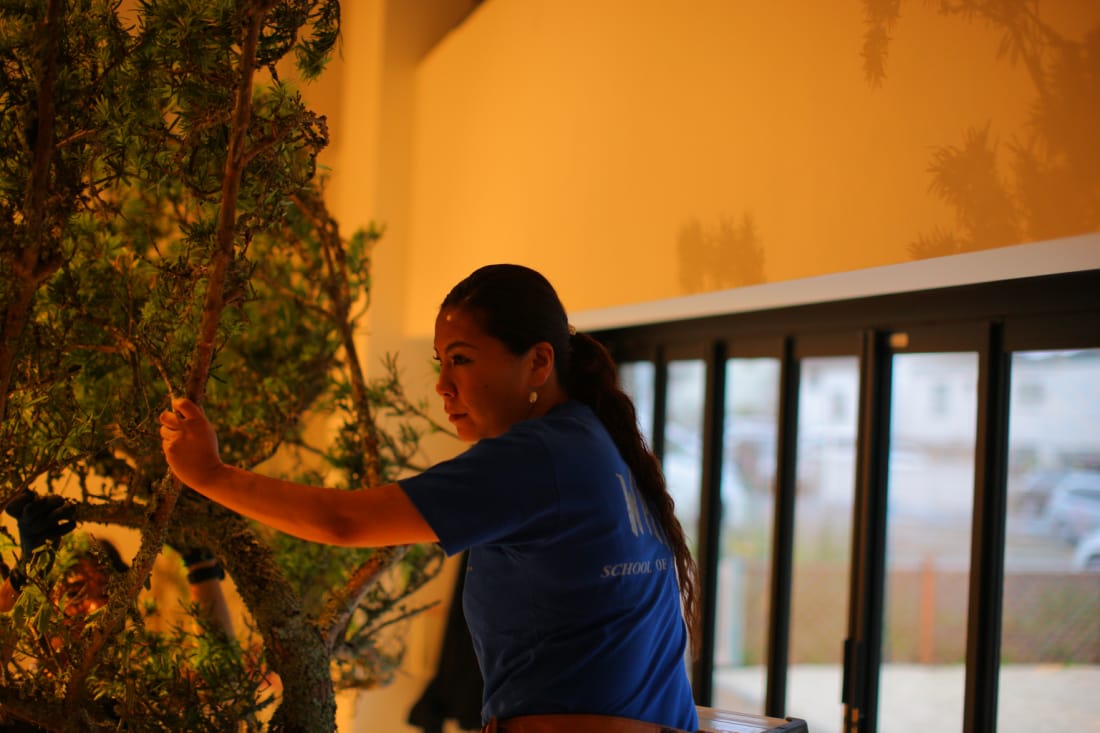
Find more information at wafu-ikebana.org. For lessons in English, contact the coordinator at 090-2443-2830.

